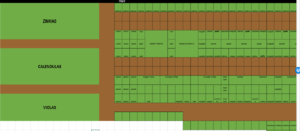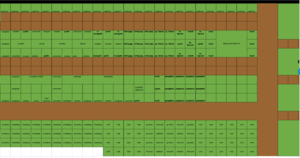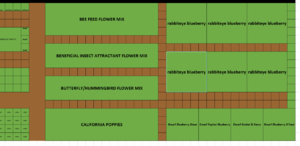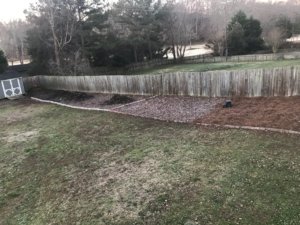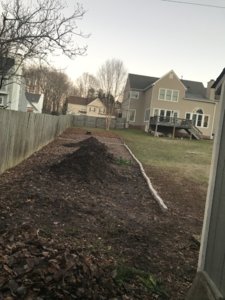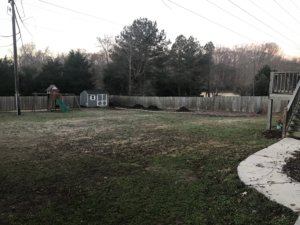flowerbug
Garden Master
I love gardening, raising our own food and preserving it. I'll be glad to help you any way I can.
ditto. i also go for very simple methods. a lot of people end up spending a lot of $ and efforts not noticing that they're likely going to be changing their mind in the future once they have more experience.
early on, avoid hardscape if you can. it makes much more work later. tell me how i know...

